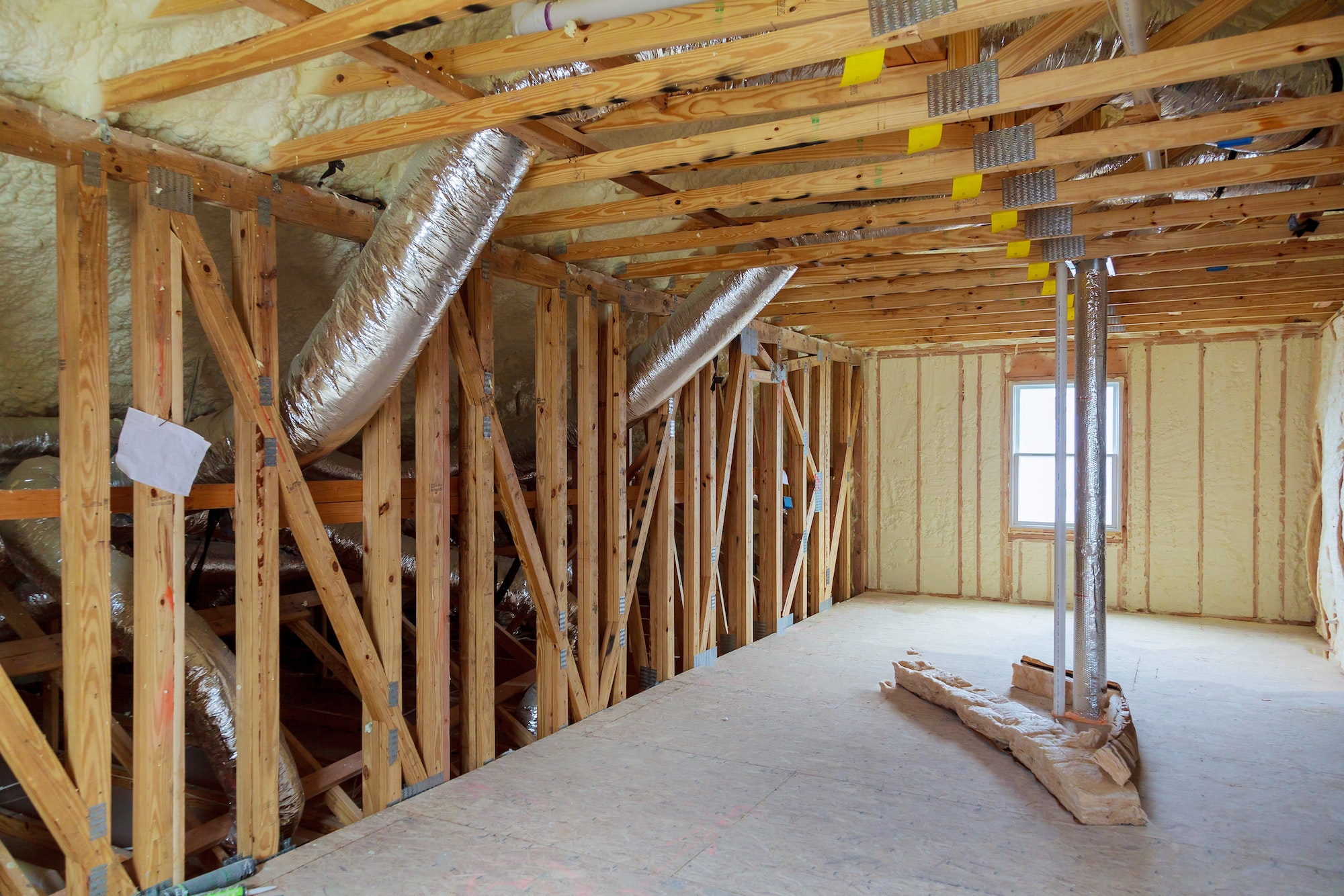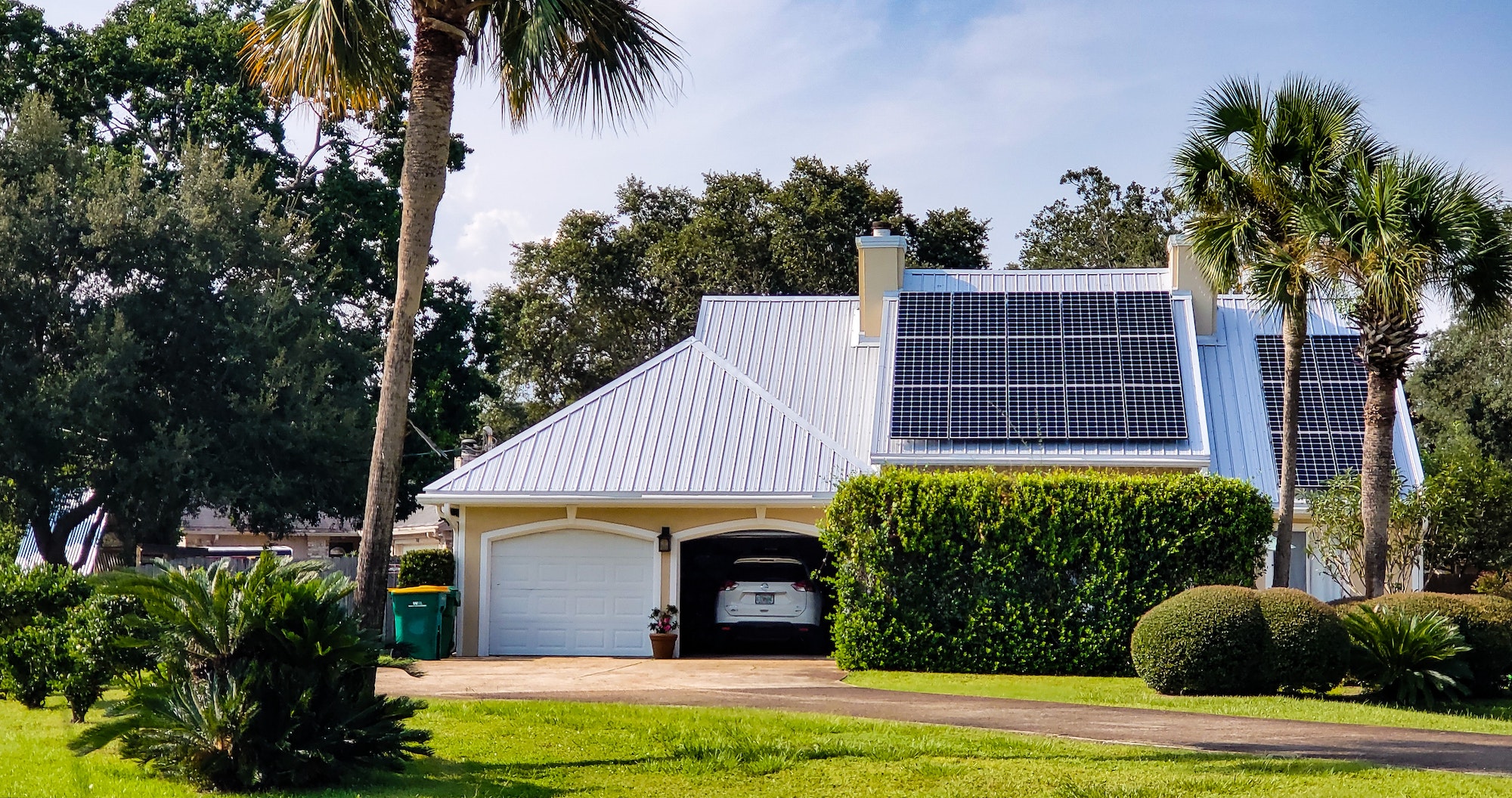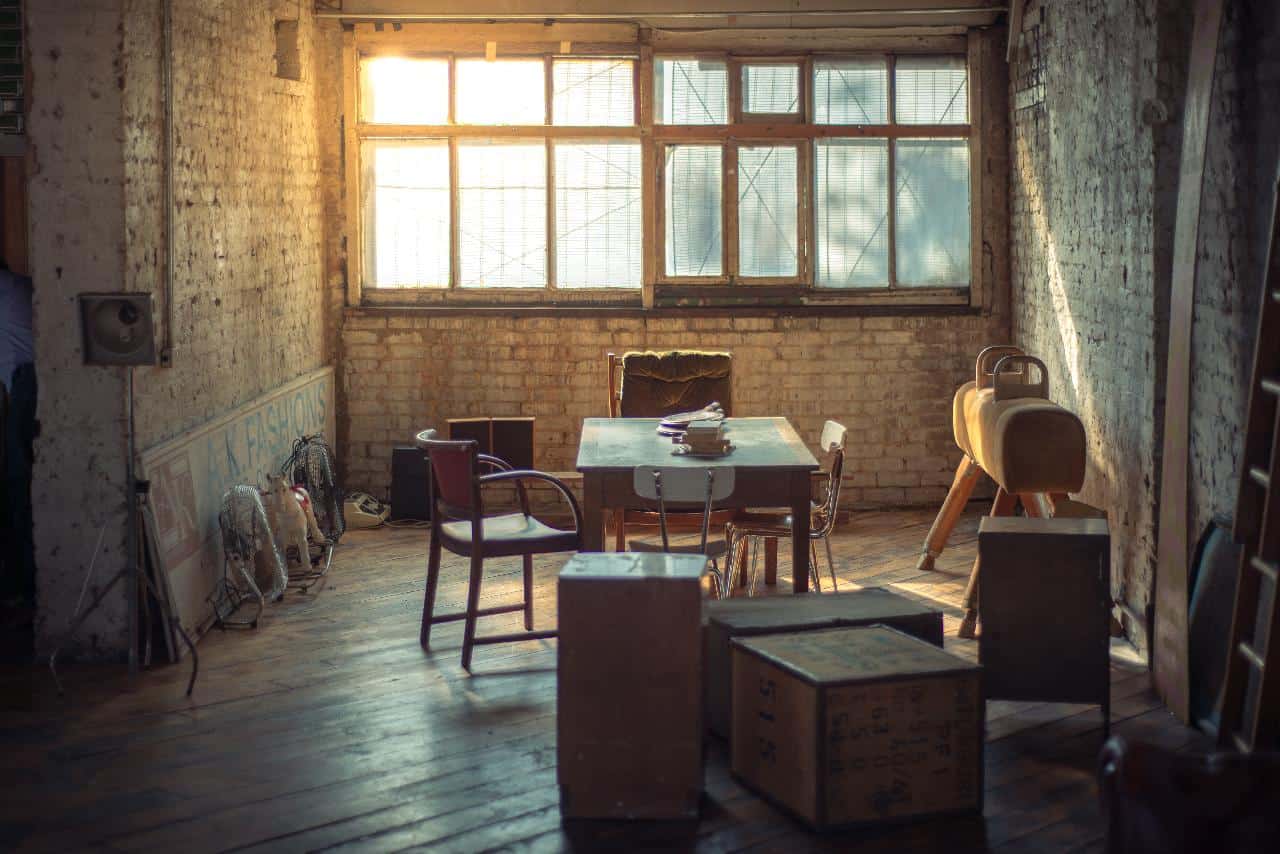Proper home insulation is often associated with keeping houses warm during the harsh winter. While that is undoubtedly one of its primary functions, the benefits of proper insulation extend far beyond merely warding off winter chills. A well-insulated home provides comfort and energy efficiency throughout the year, keeping the interior cozy during winter and refreshingly cool in the scorching summer heat. This article will explore the importance of home insulation in maintaining a comfortable indoor environment regardless of the season.
The Winter Wonder of Insulation
Proper home insulation becomes a crucial shield against the cold when winter sets in. Insulation works by reducing heat transfer, which prevents the escape of warm air generated by your heating system and keeps the cold air outside from seeping in. A well-insulated home can significantly reduce the need for continuous heating, lowering energy consumption and utility bills.
A house’s most commonly insulated areas include the walls, attic, and basement. Insulation materials such as fiberglass, cellulose, and spray foam are widely used to fill gaps and spaces, ensuring heat retention within the home. These materials create a barrier that effectively slows heat transfer and conserves energy.
Summer Serenity with Insulation
Just as insulation keeps your home warm in winter, it also plays a vital role in keeping it cool during summer. When the mercury rises, the sun’s relentless heat can turn your home into an oven without proper insulation.
Insulation helps maintain a cool indoor temperature by preventing outside heat from infiltrating your living spaces. By slowing the transfer of heat through walls, ceilings, and floors, insulation ensures that your air conditioning system doesn’t have to work as hard to keep the interior comfortable.
Types of Insulation for Year-Round Comfort
Several types of insulation are suitable for year-round comfort in your home. Each type has advantages and applies to different areas of the house.
- Fiberglass Insulation: This is one of the most common and cost-effective insulation materials. Fiberglass batts or rolls are installed between wall studs and attic joists to provide thermal resistance.
- Cellulose Insulation: Made from recycled paper, cellulose insulation is eco-friendly and an excellent option for existing walls and attics. It can be blown into wall cavities or laid on attic floors.
- Spray Foam Insulation: This type of insulation expands and forms an airtight seal when applied. It’s ideal for hard-to-reach areas and provides exceptional thermal performance.
- Reflective Insulation: Reflective barriers, such as radiant foil, reflect heat away from living spaces. They are particularly effective in warmer climates and can be installed in attics and walls.
The Energy Efficiency Bonus
In addition to providing year-round comfort, home insulation offers significant energy efficiency benefits. Reduced heat transfer means your heating and cooling systems don’t have to work as hard, leading to lower energy consumption and decreased greenhouse gas emissions.
As stated by the U.S. According to the Environmental Protection Agency (EPA), homeowners who properly insulate their homes can reduce their heating and cooling expenses by up to 20%. Over time, these energy savings can offset the initial insulation installation cost, making it a sound long-term investment for homeowners. That’s why your insulation must be installed correctly by professionals like iFOAM and properly maintained.
Environmental Impact and Sustainability
Apart from the financial benefits, proper home insulation also contributes to environmental sustainability. Lower energy consumption means reduced demand for fossil fuels, resulting in fewer greenhouse gas emissions and less strain on natural resources. By reducing your carbon footprint, you can actively participate in the fight against climate change and help create a greener, more sustainable future.
In conclusion, home insulation is not just a winter necessity but a year-round essential for maintaining a comfortable and energy-efficient living environment. With various insulation materials and techniques available, homeowners can choose the most suitable options. Investing in proper home insulation not only ensures year-round comfort but also plays a significant role in reducing environmental impact and contributing to a more sustainable planet.
Discover more from Futurist Architecture
Subscribe to get the latest posts sent to your email.




